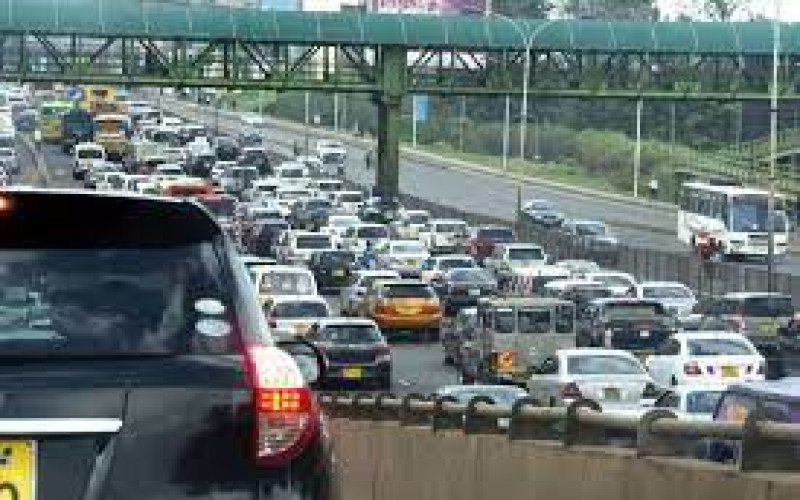
Shocked at how much it is costing to fill up your car with fuel these days? Imagine owning a vehicle which is a fuel guzzler.
Most, if not all motorists wish to cover a much longer distance on very little fuel along the highways.
However, there are times when your car consumes a lot more fuel than the usual.
Fuel efficiency is definitely a thing that a car should have.
On the other hand, there are some serious issues for which you need trained mechanics to diagnose your car.
Here are some of the reasons due to which your car could be consuming more fuel and provide best ways to increase your fuel efficiency while driving on roads and highways:
1. Practice predictive driving
Look to the road ahead and plan your next move. Instead of slamming on the brakes to a complete stop, try slowing down as you approach the red light.
Avoid hard accelerations when moving your car from a complete stop, or climbing a hill as it will increase fuel consumption.
Avoid idling, keeping the engine running while you are stopped consumes roughly two litres to about four litres of fuel every hour.
You will also be pumping carbon dioxide into the atmosphere.
This means you're burning about 1.067 to 2.13 ounces of fuel every minute you're idle.
Modern cars should be more fuel efficient. It’s likely you're burning less fuel by turning off your engine, then restarting it when you have to move again.
2. Remove excess weight
Your car uses more fuel if it’s heavy. One way to reduce its weight is to take anything out of the car that you’re not using.
Removing your roof rack when you're not using it and getting rid of any rubbish in the car could reduce some weight.
Give your car boot a clear out and try not to travel with items in the car you don’t need.
3. Inflate tyres to the correct pressure
If you don’t know whether you have the correct tyre pressure your fuel consumption should tip you off.
The surface area that’s in contact with the road increases when a tyre is under-inflated.
The more surface area in contact with the road, the more drag on the wheel.
4. Only top up your tank with as much fuel as you need
Only topping up with what you need and avoiding having a full tank means the fuel you do have goes slightly further.
To make it easier to judge the correct amount of fuel, keep a notebook in the glove box, or keep a record on your phone.
When you fill up, write down how much fuel you put in to get from A to B.
5. Drive smoothly
Your driving style might have a big impact on how much petrol or diesel you use.
Try to keep your driving smooth. Gentle acceleration and using the highest safe gear should use less fuel.
What’s more, when you approach tolling station or traffic lights, ease off the accelerator early if the lights are red. Why hurry just to wait?
This is sometimes called 'defensive driving'. Not only should it help you use less fuel, but it tends to be safer too.
6. Use air conditioning sparingly
Air conditioning can increase a vehicle’s fuel consumption by as much as 20 percent.
Open the windows when you’re driving in the city, and use the flow-through ventilation system with the windows up on the highway.
If you do use air conditioning, use the re-circulate option. It will minimize the impact.
By Fridah Wangechi | 1 year ago